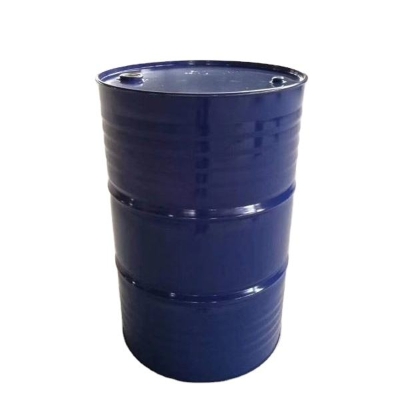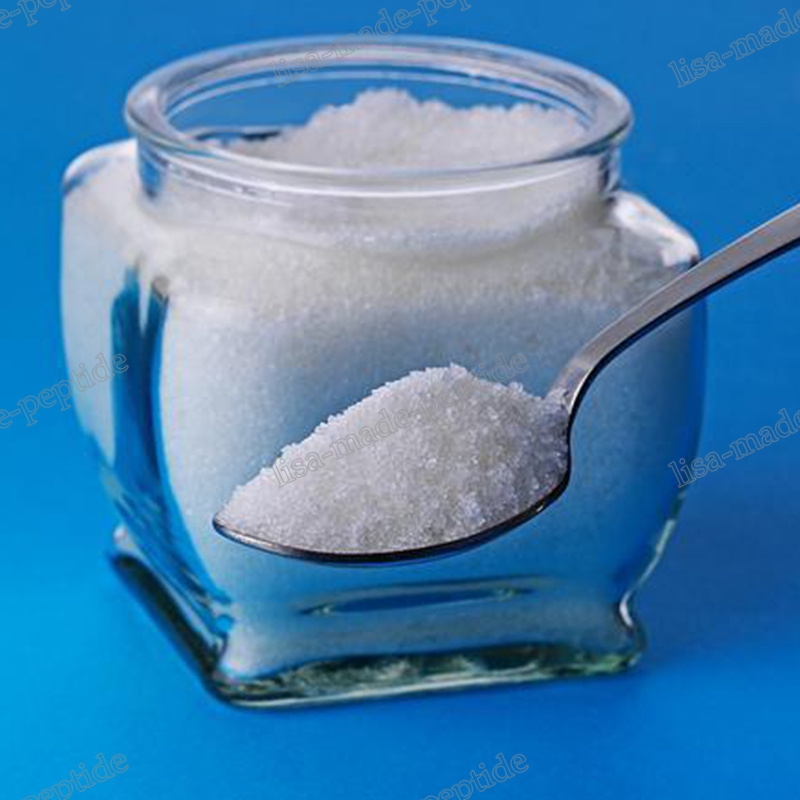-
Categories
-
Pharmaceutical Intermediates
-
Active Pharmaceutical Ingredients
-
Food Additives
- Industrial Coatings
- Agrochemicals
- Dyes and Pigments
- Surfactant
- Flavors and Fragrances
- Chemical Reagents
- Catalyst and Auxiliary
- Natural Products
- Inorganic Chemistry
-
Organic Chemistry
-
Biochemical Engineering
- Analytical Chemistry
-
Cosmetic Ingredient
- Water Treatment Chemical
-
Pharmaceutical Intermediates
Promotion
ECHEMI Mall
Wholesale
Weekly Price
Exhibition
News
-
Trade Service
In recent years, China's propylene has maintained a rapid expansion, and the propane dehydrogenation (PDH) unit will blow out.
In the next 10 years, more than 40 million tons of units will be in the planning, under construction and planning stages
.
Regardless of the availability of raw material propane or the crisis of excess propylene products, the competitive environment for PDH units will become increasingly severe
.
How to achieve energy saving and efficiency enhancement through technical optimization to enhance the competitiveness of PDH devices?
The production capacity of 40 million tons is under construction or planned, and the peak of production has come
Since January 2022, the investment and construction of the domestic PDH industry has maintained a high degree of prosperity.
Companies such as Juzhengyuan, Wanhua Chemical, Haiquan Chemical, and Yongrong New Materials have promoted the progress of PDH projects.
At the same time, in 2022, Qixiang Tengda PDH The plant has been put into operation, and the Lihuayi PDH plant has started construction, etc.
There are also 15 sets of plants under construction in China, including Yanchang Zhonghuan, Jiangsu Ruiheng, Ningbo Formosa Plastics, and Binhua New Materials.
It is expected that China will increase PDH capacity in 2022-2023 More than 10 million tons / year
.
In the next 10 years, China's PDH projects may continue to be in the blowout stage.
More than 40 million tons of PDH units are in the planning, under construction or planning construction stage.
After 2021, PDH will also enter the peak production period
.
With the commissioning of five sets of PDH plants, namely Fujian Meide, Ningxia Runfeng, Donghua Ningbo Phase II, Jinneng Technology and Far East Technology, the new production capacity reached 2.
67 million tons/year, and the total production capacity reached 9.
38 million tons/year
.
In 2022, the domestic PDH production boom will continue to heat up.
In addition to the 700,000-ton/year PDH plant that has been put into operation, it is expected that Xintai Petrochemical, Wanda Tianhong, Shandong Haiyi, Jiangsu Sierbang, Jiangsu Hengrui, etc.
will also be put into operation.
With 9 sets of PDH units, the newly added production capacity will reach an astonishing 5.
4 million tons/year, which means that by the end of 2022, China's PDH production capacity will reach a historic level of close to 15 million tons/year
.
PDH will be exported as propylene capacity
At present, PDH has become the main force in the expansion of propylene production capacity in China
.
In the context of a relatively loose supply and demand pattern in the global propylene industry, the pressure of competition in the propylene market will increase in the future
.
Although the market price fluctuations of propylene and propane make the profitability of the PDH project unstable, domestic investors are still enthusiastic about the project
.
According to the relevant data in "Review of China's Propylene Market and Outlook for the 14th Five-Year Plan", the propylene production capacity currently under construction and planned in the future is 12.
72 million tons/year
.
Among them, the PDH process accounts for 63.
84% of the new production capacity in the future, and the new production capacity of oil-to-olefins and coal-to-olefins is relatively limited (see Table 1 for details)
.
By then, the proportion of PDH production capacity will surpass coal-to-olefins and become the second largest source of propylene after oil-to-olefins
.
With the rapid development of the PDH industry in recent years, PDH's market share in propylene production capacity has expanded rapidly.
In 2015, the PDH production capacity was only 3.
45 million tons per year, accounting for about 12% of the propylene production capacity that year.
By 2021, its market share has already reached 19% , it is expected that with the intensive production of PDH units in 2022, its market share will reach 25%
.
The propylene process structure changed, and the PDH project came from behind
In the future development plan of the olefin industry in recent years, coal/methanol production routes have been significantly reduced, while light hydrocarbon routes such as propane and mixed alkanes have flourished due to their simple reaction process, high product yield, small footprint, and low investment.
.
The proportion of production capacity of traditional oil-based routes (steam cracking, catalytic cracking) and coal/methanol to olefins has narrowed, while the proportion of light alkane feedstock routes has increased significantly
.
China's PDH devices emerge in an endless stream, and are gradually developing towards large-scale and industrialization
.
According to statistics, in addition to the "three barrels of oil" and the large refining and chemical projects of private giants, the new propylene production capacity in the future will have the most extensive layout of PDH projects
.
As of May 2022, China's PDH plant capacity has reached 5.
92 million tons/year, accounting for 23% of the total propylene capacity
.
If the current planned projects can be put into production as scheduled, the growth rate of China's PDH plant scale will exceed 20% in the next 10 years
.
Considering that the supply growth of raw material propane is relatively insufficient, it is particularly important to ensure the stable supply of propane for the PDH project
.
In the next 10 years, China's PDH propylene production capacity will exceed 40 million tons/year.
If it is put into production as scheduled, the propane processing capacity will be nearly 50 million tons/year
.
The domestic propane is difficult to meet the demand in terms of quantity and quality, which will greatly push up the price of propane
.
In the cost structure of the PDH process, the cost of raw materials accounts for about 70%, and the price of raw material propane is the decisive factor for the profitability of the PDH plant
.
Technology optimization to enhance the comprehensive competitiveness of PDH projects
In the future, the pressure of the PDH industry cannot be underestimated.
Energy saving and efficiency enhancement and technological optimization have been put on the agenda.
It is expected to enhance the competitiveness of PDH units in the future chemical market and make up for the disadvantages caused by the deterioration of the competitive environment
.
Oleflex™ Propane Dehydrogenation Technology
Honeywell's UOP Oleflex™ propane dehydrogenation technology has successfully commercialized 41 Oleflex™ units dedicated to propylene and isobutylene since it was first commercialized 30 years ago
.
Up to now, 51 sets of Oleflex™ technology have been authorized in China, and the global annual output of propylene production using Oleflex™ technology is about 12.
62 million tons
.
Honeywell UOP's next-generation Oleflex™ propane dehydrogenation technology converts propane to propylene through catalytic dehydrogenation
.
The technology is based on a platinum-containing catalyst system supported by alumina, which has the characteristics of low energy consumption and low emission, which can minimize the impact on the environment, help customers improve operational flexibility, operation rate and reliability, and has obvious energy consumption.
, environmental and cost advantages
.
Case Studies
Zhejiang Yuanjin New Materials Co.
, Ltd.
(hereinafter referred to as "Yuanjin New Materials"), with an annual output of 750,000 tons of propane dehydrogenation to propylene, adopts Honeywell UOP's new-generation Oleflex™ propane dehydrogenation technology to meet the growing demand At the same time as high-quality propylene production needs, more low-carbon and efficient production is achieved through innovative technologies
.
The design capacity of the PDH unit is 750,000 tons, and there is an additional 20% capacity design margin
.
In this project, Honeywell UOP is responsible for providing authorization, process design package, patented equipment, on-site operator training, start-up and continuous operation technical services, as well as key catalysts and adsorbents for the project, helping Yuanjin New Materials realize propylene The goal of rapid construction and start-up of installations, faster return on investment, and lower carbon emissions
.







